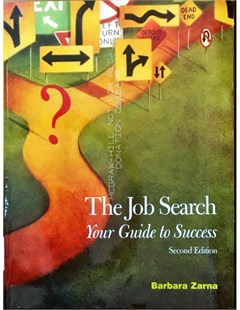Teaching Business English
The authors of Teaching Business English believe that teachers need to follow a practical approach, and that learners need to be placed at the heart of the teaching process. In the case of job-experienced learners (from companies or other organizations), this means using their personal experience both as a source of meaningful content and as a way of motivating them to learn. For pre-experience learners who don't yet have this hands-on experience, the teacher needs to draw on their interest in, and general knowledge of, the world of work.
2000
The authors of Teaching Business English believe that teachers need to follow a practical approach, and that learners need to be placed at the heart of the teaching process. In the case of job-experienced learners (from companies or other organizations), this means using their personal experience both as a source of meaningful content and as a way of motivating them to learn. For pre-experience learners who don't yet have this hands-on experience, the teacher needs to draw on their interest in, and general knowledge of, the world of work.
The book is divided into three parts. Part One is especially useful if you are new to Business English teaching or are thinking of moving into it. Parts Two and Three will provide ideas for practising and experienced teachers, as well as newcomers.
- Part One gives a general background to the subject. It includes definitions of Business English, descriptions of different categories of learner, and of the types of institution where Business English is taught. It also looks at the various resources you will need to use as a Business English trainer, and at ways of setting performance objectives.
- Part Two focuses on the needs of the learners and shows you how you can analyse those needs in order to decide on the structure and content of a course. It covers ways of describing levels of performance and of analysing learners' jobs. It also explains what you need to know about your learners and how to set about getting the information you need. Finally there is an explanation of course design and how to decide on what to teach, based on what you have found out about learners' work and language needs.
- Part Three looks at materials and activities. It explains how to choose published materials and develop materials and activities of your own. It also gives suggestions about classroom management and strategies for dealing with different kinds of learners.
Mark Ellis. Teaching Business English. O.U.P, 2000
 |  |  |
| Teaching Business English | The Innovator's Solution: Creating And Sustaining Successful Growth | The Job search your guide to success second edition |
Thứ Sáu, 21:52 04/11/2022
Copyright © 2018 Hanoi University of Industry.